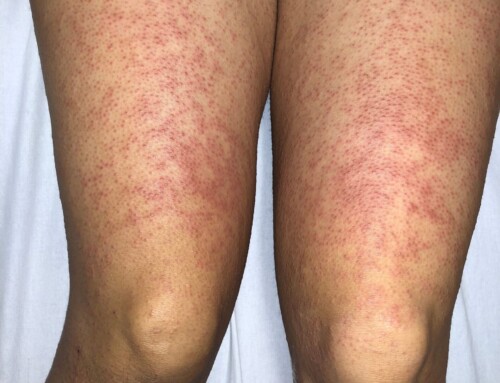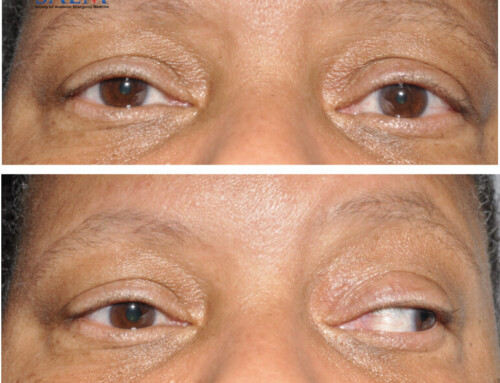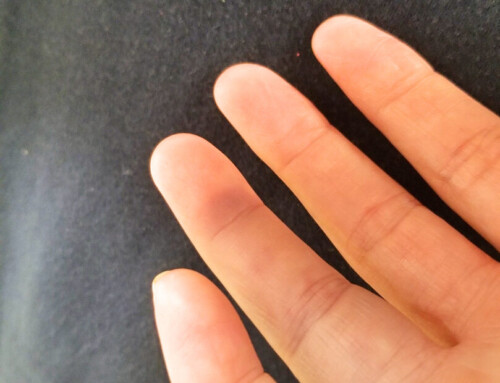
A 32-year-old man with a history of traumatic globe rupture from a stab wound two months ago, status post repair, presented to the emergency department for worsening right eye pain and green malodorous drainage for the past three days. These symptoms started when he got a fleck of sawdust in the right eye about four days prior to presentation, which he was able to brush out with his finger. He described the pain as severe, throbbing, constant, and non-radiating. He had been unable to open the right eyelid for three days, both due to pain and from the thick sticky discharge that adhered his eyelids together. He reported that his vision had been normal before these symptoms started. On review of systems, he reported nausea that started on the day of presentation but otherwise denied any vision loss or pain in the other eye.







